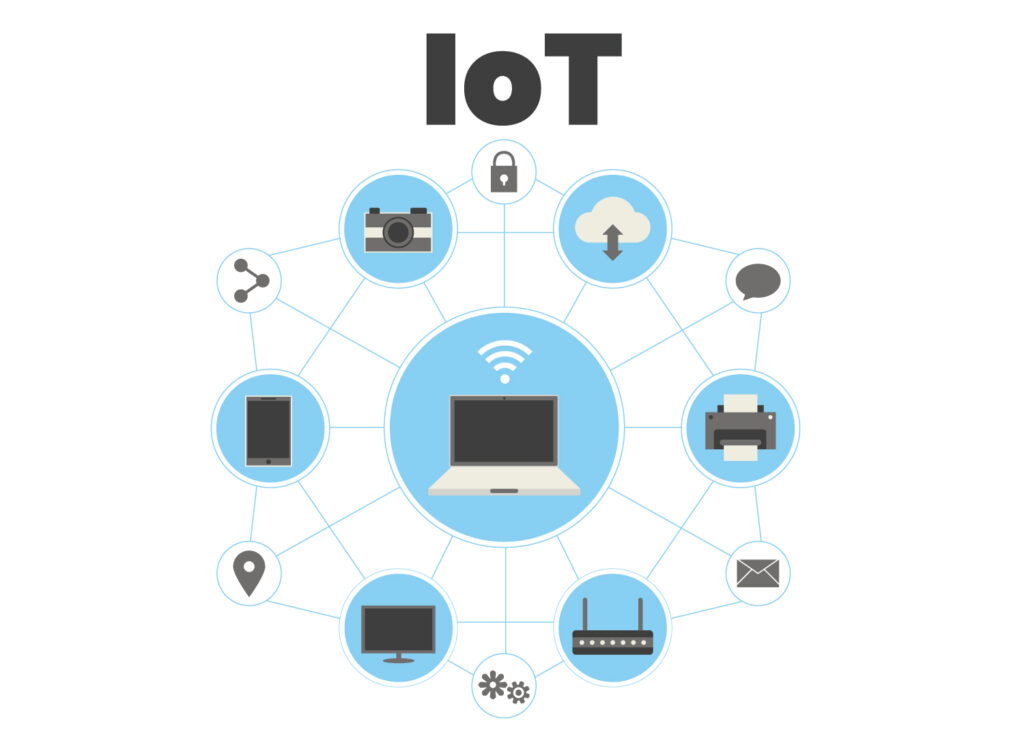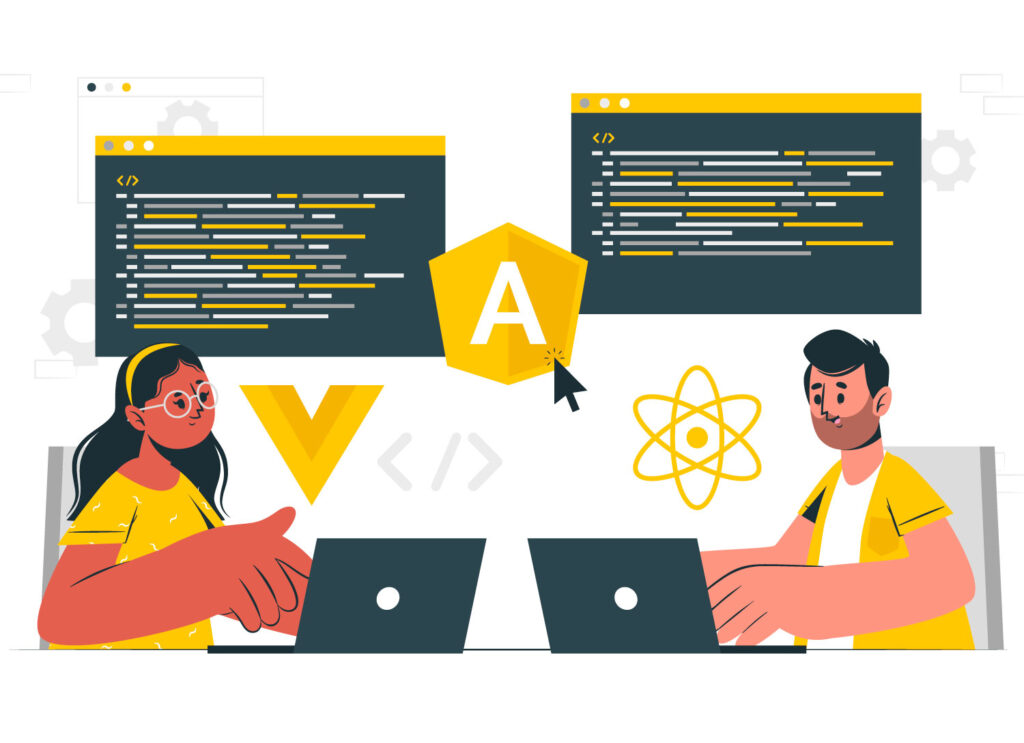Everything You Need to Know About GPTZero

Is this a machine or a human-written text? Every day we are moving closer and closer to a reality where this question is more than just a surreal threat. With advancements in AI, specifically language generation models such as GPT-3, capable of producing text that is nearly indistinguishable from human-written content, this threat is causing growing concerns in the education and content writing industries alike.
These advancements enable the possibility of using them for malicious and unethical practices. They have made impersonation and plagiarism a child’s play for anyone. But it is not all over yet; GPT-Zero, the AI-Killer, is here to save the day! This cutting-edge algorithm flips the technology used to build AI like ChatGPT on its head.
GPT Zero uses the GPT model to detect and fingerprint AI-generated text, making it the ultimate tool for content moderation and plagiarism detection. In this blog post, we’ll take a deep dive into the inner workings of GPT Zero, explore its potential uses and benefits, and discover what the future holds for AI-generated text detection.
What is GPT Zero?
November 30, 2022, shocked the world with the release of a prototype of the viral chatbot, ChatGPT. It opened up a world of possibilities for people from all walks of life. However, with this advancement came the concern about its potentially unethical applications.
Since the emergence of ChatGPT in late November, there have been rising concerns about potential academic dishonesty, with reports of students using the language model to submit AI-generated assignments as their own.
Edward Tian, a 22-year-old computer science major and journalism minor at Princeton University, was determined to address this growing concern of AI plagiarism in academia. Determined to find a solution, he devoted his winter break to creating GPT Zero.
GPT Zero is an AI algorithm that sniffs out whether a piece of text has been written by a human or by AI language models like chatGPT. The tool became an instant hit among many educators who had been the most troubled by this new surge in plagiarism.
The app instantly became such a hit that the free servers it was hosted on could not handle the traffic and crashed. Later, Edward took to Twitter to commend the amazing response, expanding on his motivation in a tweet.
“The motivation here is increasing AI plagiarism,” Edward said. “Think, are high school teachers going to want students using ChatGPT to write their history essays? likely not.”
Edward has since grown a fan following of his own. His Twitter handle has become a community of GPT Zero users where Edward himself responds to any queries and provides regular updates about any upcoming features and developments. Follow “@edward_the6” to stay tuned for any updates on the AI sniffer.
The Inside Story
Edward Tian had been pondering the power of AI for years. But how did he come up with this brilliant idea of using the GPT algorithm, which renders human-like text, against it? In an interview with BBC News, he revealed the fascinating story.
It was a packed lecture last year where the computer science major realized the extent of the power of artificial intelligence. His thesis advisor posed a challenge to the class, asking them to pick out which text had been written by a human and which had been generated by AI. To his surprise, many students could not correctly distinguish between the two.
He told Nadine Yousif, his interviewer, that it was then that he had a moment of realization. He realized then that there was a problem that needed a solution. “This technology is only going to get better and better; AI is here to stay,” Edward said. But he added that despite the hype and excitement surrounding the future of AI, there is a dire need to enter this future responsibly.
Determined to find a solution, Edward spent his winter break at a coffee shop in his hometown, Toronto, working on an application that can determine with high precision if a text was written by a human or a bot.
He developed GPT Zero in reaction to ChatGPT, a free online bot that can expertly compose practically anything, from English essays and news stories to diet plans and computer software, from a simple request.
How GPT Zero Works?
Edward believes human writing is beautiful and has aspects that computers can never mimic. This aspect makes human-written excerpts stand out, and it is precisely what his software, GPT Zero, uses to sniff out AI-generated content.
Like the famous detective Sherlock, GPT Zero has its own methods, but fortunately for us, they aren’t too complex to comprehend. We just need to understand “perplexity” and “burstiness” to unravel these methods.
What is Perplexity?
Perplexity, as the name suggests, is just measuring how complex an excerpt is for an AI to understand. A lower perplexity value suggests that the model predicts the text accurately and understands the underlying language better.
For instance, if a model is given “The cat sat on the couch and ____” and predicts “slept” with high confidence, it has a low perplexity score. But if it predicts “danced” with low confidence, it has a high perplexity score, indicating weak understanding of the written text.
What is burstiness?
Burstiness is the measure of the repetition or frequency of words in a given text. A higher burstiness score indicates that the text is more likely to have been written by a human, as it contains a higher number of unique and distinct words.
For example, if 50 out of 100 words in a text are unique, the burstiness score would be 0.5. On the other hand, if only 20 out of 100 words were unique, the burstiness score would be 0.2. The lower burstiness suggests the text was likely written by an AI.
How GPT zero uses them?
Now we have everything we need to decode our Sherlock, GPT Zero’s, methods. GPTZero employs two metrics to evaluate whether an excerpt was authored by an AI: “perplexity” and “burstiness.”
Perplexity, which is a measure of text complexity, indicates if GPTZero is bewildered by the text. If the text has a high perplexity score, it is more likely to have been written by a human. However, if the text is more familiar to GPT Zero—because it has been taught such material—it will be simpler and hence more likely to be generated by AI.
Simultaneously, the burstiness scores indicate variations in sentences. Humans have a tendency to write in bursts, with some longer or more complicated sentences mixed in with shorter ones, and with a variety of word choices of varying degrees of complexity. AI sentences are more consistent, and this can be used to spot them.
GPT Zero analyses the text for these metrics. It gives the input data set scores of perplexity and burstiness. By comparing these values to the expected results for a human-written text, the algorithm can specify whether a text is human or AI written.
In a recent demonstration video of the GPT Zero, the developer Tian shows the app’s analysis in action. When contrasting an article from the New Yorker to a LinkedIn post published using ChatGPT, it successfully discriminated between human and AI writing.
The Growing Impact of GPT Zero
GPT Zero is the ultimate weapon for those fighting to preserve the uniqueness of everything, especially in the field of education. As AI technologies continue to improve, universities and schools will face the challenge of identifying AI-generated work. But with GPT Zero, this task is made easy.
GPT Zero, in educational institutions, can be used to assess admissions essays to ensure that students have done the necessary research. It can also be used as a standard process when submitting coursework.
Moreover, integrating it with the current anti-plagiarism software on the respective submission portals can relieve the burden on professors. Because determining whether or not a piece of work was created by AI is no longer something they need to worry about, GPT Zero does it for them!
However, GPT Zero’s potential uses do not end there. It can recognize AI-generated material in a variety of fields, including media, customer service, and social media. With GPT Zero, we can responsibly manage the future of AI while preserving the authenticity of human-written material.
So, whether you’re an educator, blogger, or social media manager, GPT Zero is the solution you’ve been searching for. It is time to embrace the future of artificial intelligence responsibly, with GPT Zero leading the way.
Current Limitations of the Emerging Tool
Let’s face it, GPT Zero is pretty cool. It’s an AI detection algorithm that can quickly and efficiently fingerprint AI content. However, we must acknowledge that it does have certain limitations at this early stage.
Firstly, it requires at least ten sentences to accurately analyze an excerpt. This means that shorter texts can’t yet be evaluated by GPT Zero. There is also a restriction on the maximum length that can be analyzed in one run, currently set at 5000 characters.
Lag and server failures are also not uncommon. This is because GPT Zero is very packed. Many users are eager to simultaneously test their texts and see if they were written by a human or an AI. This can very often lead to delays in generating results.
Several users have reported instances of GPT Zero failing to detect AI-generated text. Even Tian acknowledges that his bot isn’t foolproof, as some users have reported when putting it to the test. He stated that he is still working on increasing the model’s precision.
since there were no accurate studies on GPT Zero’s success rate. We decided to give it a spin for ourselves. We chose texts written by Chat GPT as our data set and tested whether GPT Zero could sniff them out. The results were not entirely reliable.
While GPT Zero successfully identified longer texts produced by Chat GPT, it was less successful in recognising brief texts. We must not forget; neither GPT Zero claims one hundred percent accuracy, nor was our test a statistical setup to calculate its accuracy.
Nevertheless, with extensive testing and accurate fine-tuning, GPT Zero could become a valuable tool in the fight against AI plagiarism. It’s not a magic wand, but it certainly is a step in the right direction.
Upcoming Updates
If the limitations have left you in doubt, wait till you hear what Edward has on the stove for you. Recently, he took to Twitter to announce exciting updates and new features for the algorithm.
With a new model, GPTZeroX, and improvements to existing features, GPT Zero is getting revamped. With new features like the direct upload of Word and PDF formats, checking a document for AI fingerprints will be as easy as ever.
The upcoming model, GPTZeroX, is specifically designed to handle edge cases, shortened text, and AI-generated text. It has also been tweaked to fingerprint AI-generated text even after it has been lightly edited afterward.
Another exciting feature that is being introduced is the ability to highlight areas of text that are AI-involved. If your text is completely human-written, GPTZeroX will tell you right away. If it is not sure, it will highlight the portions of the text that are likely AI-generated and provide you with all the probabilities.
The upcoming GPTZeroX model is not only a step forward, but with the inclusion of new features, it addresses many of the limitations faced by users of the beta and preceding versions. As AI technology advances, tools like GPTZeroX will become increasingly important in ensuring the responsible use and implementation of AI technology.
Conclusion
GPT Zero is the ultimate game-changer in the world of AI! This cutting-edge algorithm sniffs out AI-generated text like a pro and is a must-have tool for anyone in education or content writing.
With the potential for unethical uses of AI on the rise, GPT Zero is the ultimate weapon in the fight to preserve the uniqueness and beauty of human-written content. With the upcoming X model, which addresses bugs and limitations faced by users in the beta and preceding versions, a new generation of AI detection is right around the corner.
Get ready for the future of AI detection with GPT Zero! Keep an eye on Edward Tian’s Twitter handle for updates and new features that will continue to expand the capabilities of GPT Zero.




